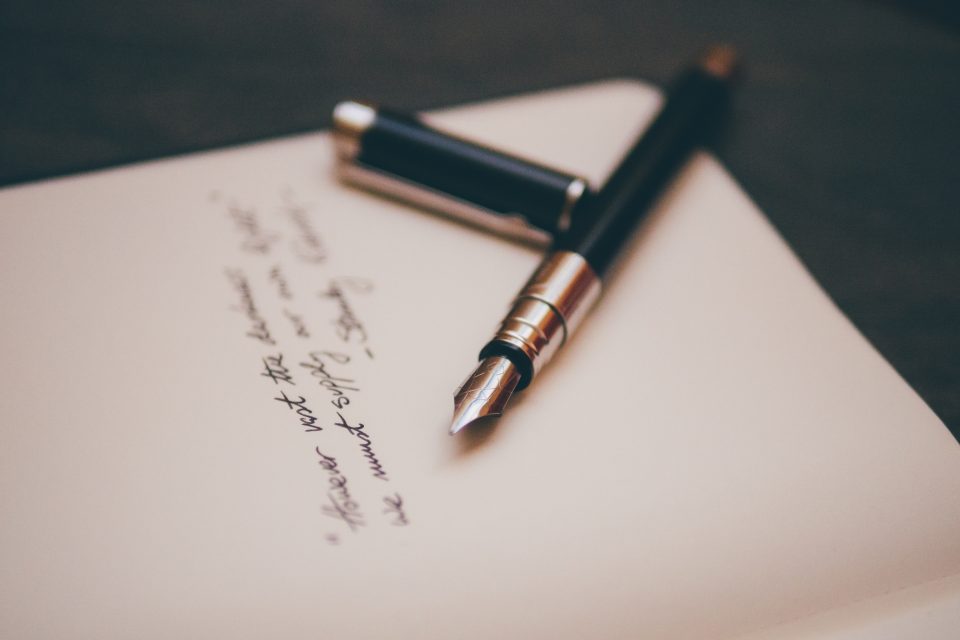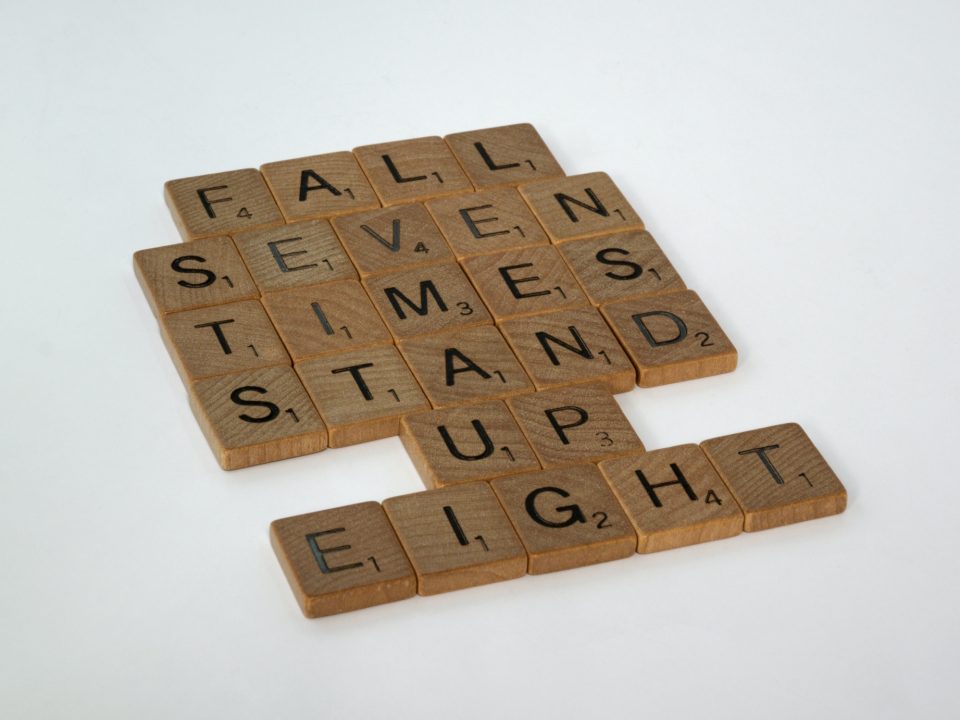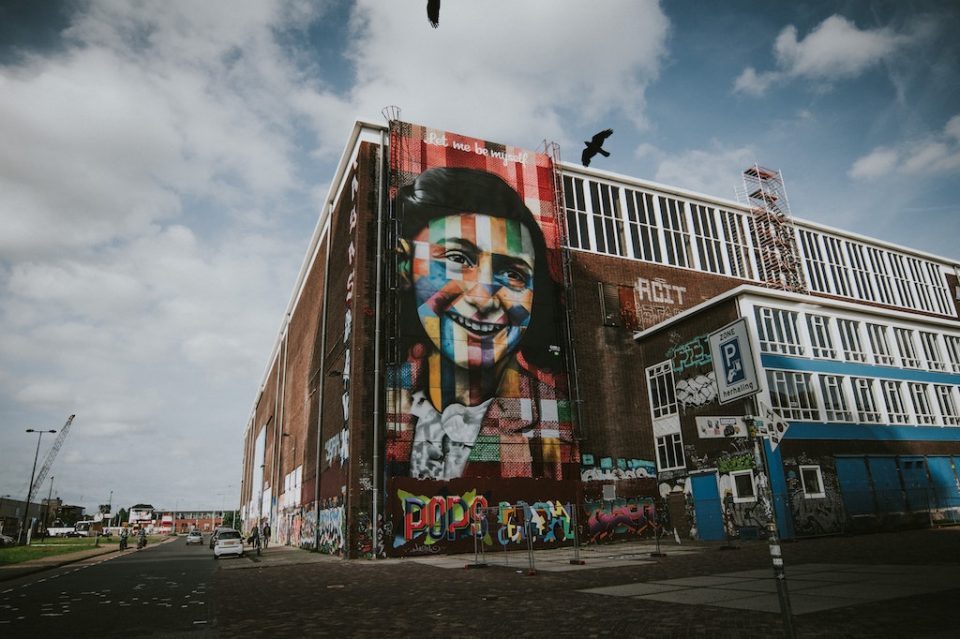Jack Dorsey is hailed as the successor to Steve Job’s mantle as visionary tech entrepreneur – part designer, part technologist, part strategist, dabbler in Eastern philosophies and undeniable disruptor.
Dorsey has co-founded two publicly traded companies: Twitter and Square. Since June 2015, he has been CEO of both. At Twitter, he taught the world how to communicate in 140 characters. At Square, he is changing the way we pay for things.
Yet for such a high-tech entrepreneur, Dorsey is a man of some very lo-fi passions. A fan of CB radio, maps, and journal-keeping, he counts the Tao Te Ching and The Yoga Sutras of Patañjali among the books that have influenced him most, and says he reads Ernest Hemingway’s The Old Man and the Sea at least once a year.
Dorsey is also a devotee of The Checklist Manifesto by Atul Gawande, in which Gawande, a surgeon, argues that clearly written guides and checklists are required for completing tasks to the best of your ability. Dorsey is such a big fan, Square employees get a copy on their first day of work.
He’s also a big fan of notebooks – sketching and drawing out ideas on paper every day. His tools of choice here? Clairefontaine notebooks, Jetstream pens, and number two pencils.
Dorsey’s route to tech entrepreneur has been equally unlikely – taking in time working for a dispatch service in New York, studying botanical illustration, training as a massage therapist, and starting to train as a fashion designer, before finally going on to co-create Twitter.
He was shut out of Twitter just as it was taking off by fellow cofounders Evan Williams and Biz Stone, but hired back by then CEO Dick Costolo in 2011 in a “sincere appreciation for the vision of the founder”. By then, Dorsey’s work to develop Square was already well underway. In 2015, he reprised the CEO role at Twitter and now splits his time between the two companies, a situation he recognises as “unusual”.






